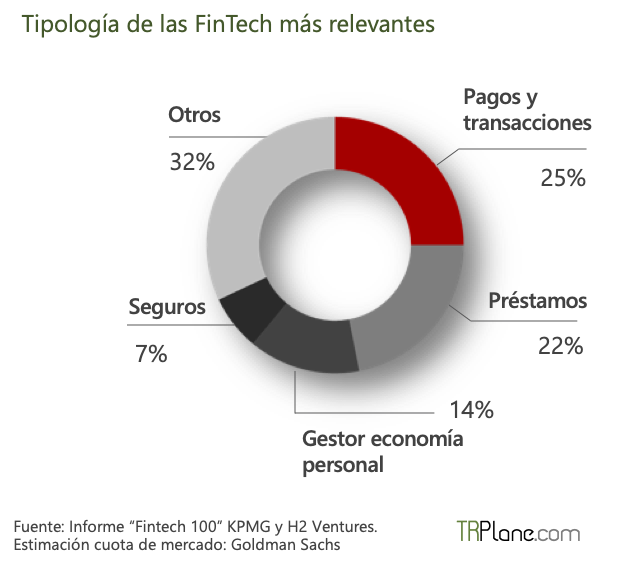As consumers, we have all experienced massive changes in expectations: we are no longer loyal to brands, but to the best consumer experience. As a result, banks like Monzo, Starling Bank, and Atom Bank have quickly shifted to offering new experiences that compete with traditional offerings and are more convenient for businesses.
It's not just retail customers raising their expectations, there is growing demand from small and medium-sized businesses, who are also pursuing these connected experiences.
The increase and concatenation of diverse simple and intuitive experiences has been called the economy of convenience. These experiences have a disruptive approach compared to the way of doing traditional banking.
SMB customers expect the same experience they could get from their personal banking, or from those fintechs that are constantly appearing in the market with a new offer of financial services.

A simple example of one of those desired experiences is managing multiple products and services from different banks in a single app while receiving relevant offers, support or advice 24/7.
In addition, today's consumer has many more operational facilities to change providers when their expectations are not met. In some cases, they are encouraged to change, even actively encouraged by governments, for example the regulations of the CMA (Competition and Markets Authority) in the United Kingdom applied in cases such as the current account exchange service (CASS, Current Account Switch Service).
Why do financial institutions find it so difficult to comply with this economy of convenience that customers want?
There is potential market share and demand, so it should be easy for banks to win or engage customers by catering to their new demands.
However, the reality for many organizations is not easy at all. There are great challenges that prevent moving with the necessary speed and agility. Some of them are:
- Historical development and with knowledge and property in silos.
- Complex mergers, acquisitions and separations that break up technological and operating models.
- Insufficient investment in Digital Transformation.
- Project-by-project mentality and waterfall methodologies.
Funding and technology alone are not the magic formulas to truly differentiate an organization's digital offerings. It requires changing the offer, the business model and the way of operating to ensure that any improvement is based on the customer and not just the offer of new products based on the standard methodology of the business.
For example, according to Forbes, 69% of SME managers cite cash flow concerns as their top concern. To move towards financial tranquility, SMEs need support and guidance that current banking offers. This is based on at least two levers, the customer experience and the financial perspective.
Customer experience
Access for SMEs through the devices and channels that they normally use, not only the bank's applications, but integrated with their ERP, or their CRM application, risk information or business reports. For most banks in a typical SME banking scenario, a bank is likely to provide a web environment, mobile, phone banking and in-branch seats. Yet these experiences are often far from connected, with customers even getting different views of their money depending on which channel they interact with and at what time of day. This disconnected experience is typically compounded when a customer has more than one account or product.
financial outlook
SMEs need your money to work with them and for them. From the bank's perspective, this requires providing relevant products and services that are offered or even automatically applied to customers to fully support their needs. This also requires the bank to offer in-depth analysis of spending trends, cash flow projections, and even new services that support the accounting and billing aspects of operations. The ones that differ are the ones that offer these additional services in the context of the client and their business. Banks must offer the right mix of products and support, at the right time. These suggested products cannot be generic, irrelevant, or too late.




